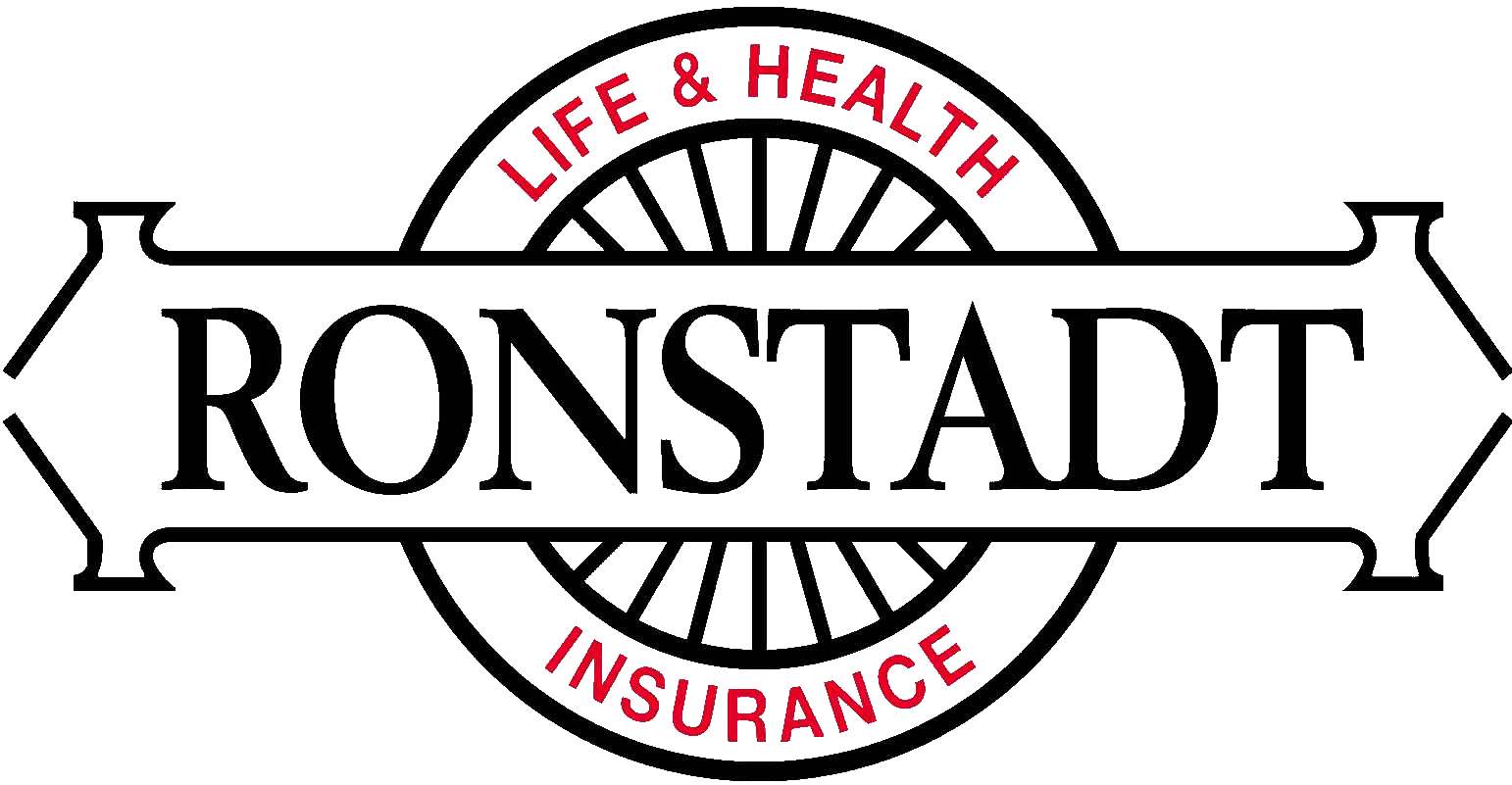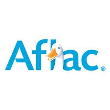Dental Insurance
Daily Habits for a Healthy Smile
Your Guide to Good Oral Hygiene – Backed by the ADA
A healthy smile starts with simple habits practiced every day. The American Dental Association (ADA) recommends the following steps to keep your teeth and gums in great shape—and prevent costly dental issues down the road.
🪥 1. Brush Twice a Day
Use an ADA-accepted fluoride toothpaste and brush your teeth twice daily. Replace your toothbrush every 3 to 4 months, or sooner if the bristles are frayed—worn brushes aren’t as effective at removing plaque and debris.
🧵 2. Clean Between Your Teeth
Floss or use an interdental cleaner once a day. Toothbrushes can’t reach between teeth where decay-causing bacteria love to hide. Removing plaque and food particles from between teeth and under the gumline is essential for preventing cavities and gum disease.
🥗 3. Eat a Balanced Diet
Limit sugary snacks between meals and aim for a well-rounded, nutrient-rich diet. What you eat impacts your oral health just as much as your hygiene routine.
🦷 4. Visit Your Dentist Regularly
Schedule regular dental checkups and professional cleanings. Your dentist can spot problems early, perform deep cleanings, and help tailor your oral care routine.
Add-Ons That Make a Big Difference
🧪 Antimicrobial & Fluoride Products
-
Antimicrobial rinses and toothpastes can reduce the bacteria that cause gingivitis, a common and reversible gum disease.
-
Fluoride mouth rinses offer added protection against cavities—especially when used along with fluoride toothpaste.
⚠️ Note: Fluoride rinses are not recommended for children under age 6 due to the risk of accidental swallowing. Always follow age and usage instructions on product labels.
✅ Look for the ADA Seal of Acceptance
The ADA Seal means a product meets rigorous standards for safety and effectiveness. Look for it on:
-
Toothpastes
-
Toothbrushes
-
Floss and interdental cleaners
-
Mouth rinses
-
Oral irrigators
Need Help Finding the Right Dental Coverage?
Maintaining good oral health is easier—and more affordable—when you have the right dental insurance. Whether you’re looking for individual or family coverage, we’re here to help.
📞 Call us today at (520) 721-4848
Let us match you with a dental policy that meets your needs and budget.
All information adapted from the American Dental Association (ADA).

















